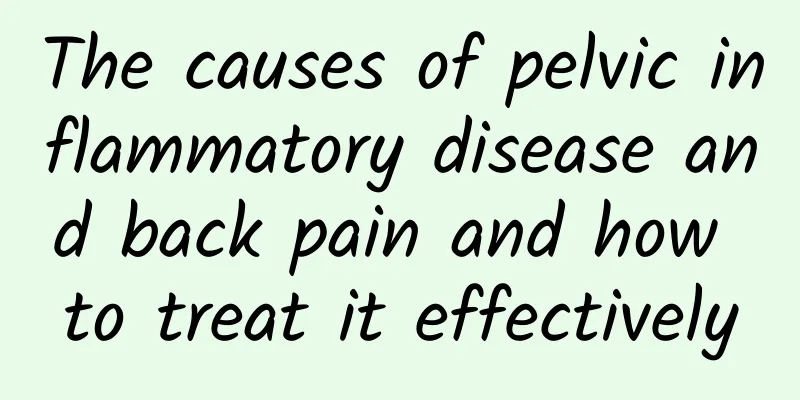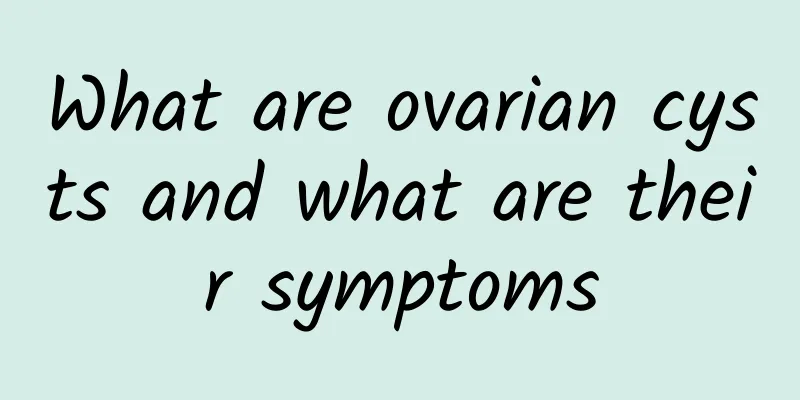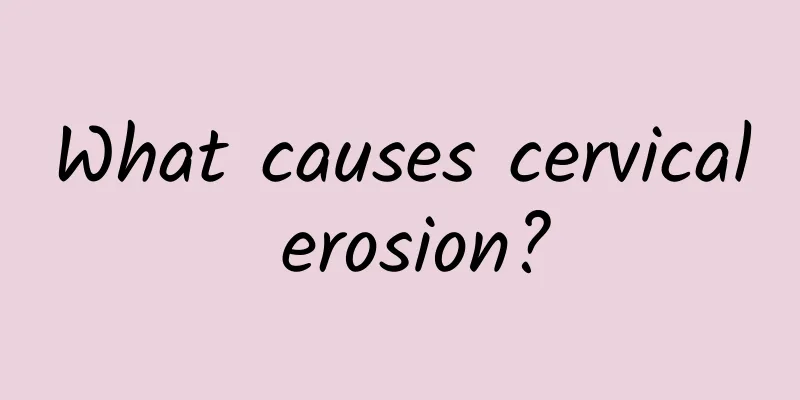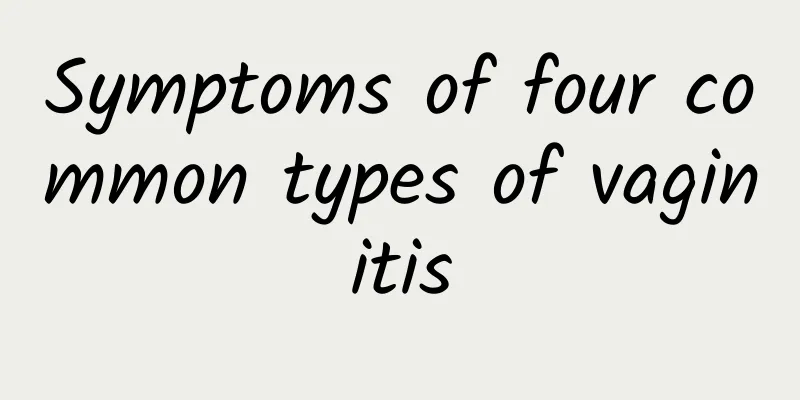What happens if endometriosis is not treated? 22 years old

|
If endometriosis is not treated, it may gradually worsen in young women as young as 22, leading to chronic pelvic pain, infertility risk and even impaired function of other organs, so early medical treatment is crucial. Symptoms can be controlled by medication, surgical treatment can be used to repair lesions, or the condition can be alleviated by adopting a healthy lifestyle. 1. The harm of endometriosis is gradually escalating Endometriosis is a chronic disease. Mild symptoms may only include menstrual pain and increased bleeding. Delayed treatment may lead to more serious problems: -Chronic pelvic pain: As endometrial lesions spread, inflammation and adhesions can lead to persistent pelvic pain that affects daily life. - Infertility: Endometrial lesions can block the fallopian tubes or affect ovarian function. About 40% of patients may face fertility difficulties. -Other complications: If the disease is not controlled, it may affect surrounding organs such as the bladder and intestines, leading to hematuria or difficulty in defecation. The above symptoms require patients to be vigilant, and early intervention can reduce the impact of the disease on quality of life and physical health. 2. Drug treatment At present, drug treatment is mainly aimed at relieving pain and inhibiting the development of lesions. The following three drugs can be selected for treatment: - Nonsteroidal anti-inflammatory drugs (NSAIDs): such as ibuprofen, are used to relieve pain. They are suitable for patients with mild symptoms. - Hormone-related drugs: such as danazol, which control endometrial growth by lowering estrogen levels in the body. -Gonadotropin-releasing hormone agonist (GnRH): can inhibit ovarian hormone secretion and reduce endometrial lesions. The selection of medication should be done under the guidance of a doctor to avoid potential side effects. 3. Surgical treatment with proven efficacy If medications don't work, your doctor may recommend surgery: -Laparoscopic surgery: A relatively common minimally invasive method that can locate and remove lesions while monitoring disease progression. - Reproduction-preserving ovarian ectopy: This is recommended for patients who want to have children. The surgery should minimize damage to the ovarian reserve. - Radical surgery: For patients with severe disease and no plans to have children, hysterectomy may be performed to cut off the source of the disease. The doctor will choose the appropriate plan based on the specific condition and patient's wishes. 4. Support for a healthy lifestyle Incorporating healthy daily habits can also help relieve symptoms and improve disease control: - Adjust your diet: Eat more foods rich in omega-3 fatty acids and antioxidants (such as salmon, nuts, and green leafy vegetables), and reduce high-sugar and high-fat foods. -Appropriate exercise: Gentle exercise such as yoga can improve blood circulation and relieve pain. -Relieve stress: Release emotions through meditation, reading, etc. to avoid the negative impact of stress on hormone regulation. Take action now. Whether you choose medication or surgery, you should develop a suitable treatment plan according to your doctor's advice. At the same time, maintaining a healthy lifestyle can assist treatment, prevent further deterioration of the disease, and protect fertility and quality of life. If related symptoms occur, be sure to see a doctor as soon as possible to control the progression of the disease. |
<<: What are the symptoms of threatened abortion? How many days will bleeding occur?
>>: Is it easy to get pregnant with uterine cyst?
Recommend
What are the most obvious signs before menstruation?
There is no such thing as the "most obvious ...
Experts explain the types of uterine fibroids
Uterine fibroids are one of the more common benig...
What does uterine fibroid nodule mean? Is uterine nodule considered to be fibroid?
What does uterine fibroid nodule mean? Is uterine...
What are the dietary methods for women with cervical erosion? 10 dietary methods for cervical erosion
Cervical erosion is a common disease among women....
The key to treating amenorrhea caused by mental stress is to regulate menstruation and nourish blood
Ms. Wang is young, just 26 years old, and not mar...
What is the treatment for endometrial tuberculosis in a gynecological hospital?
Among reproductive system infectious diseases, en...
What are intramural uterine fibroids? What are the treatments for intramural uterine fibroids?
Uterine fibroids are a common gynecological tumor...
How many days is a normal menstrual cycle
Generally, a menstrual cycle of 21 to 35 days is ...
What harm does pelvic inflammatory disease bring to patients
Spring is the season when bacteria are most likel...
How to use medicine for medical abortion
Nowadays, the social atmosphere is corrupt. Many ...
What are the main symptoms of uterine fibroids?
Uterine fibroids are a common disease among women...
What should patients with adenomyosis do if they want to have children?
Adenomyosis is not unfamiliar to everyone. It usu...
How much suffering do uterine fibroids cause women?
In recent years, uterine fibroids have frequently...
What are the symptoms of early pregnancy miscarriage and how to avoid it
What are the symptoms of early pregnancy miscarri...
Do you know what causes adnexitis?
What are the causes of adnexitis? Do you know abo...









